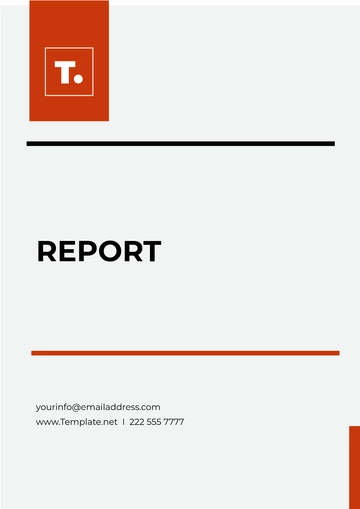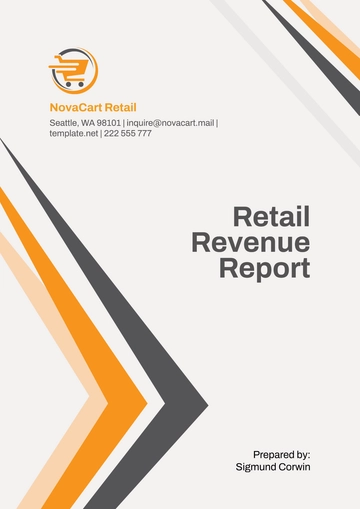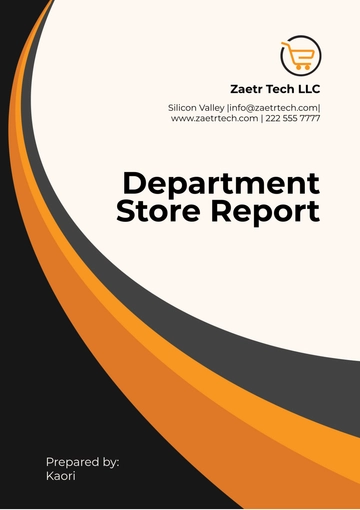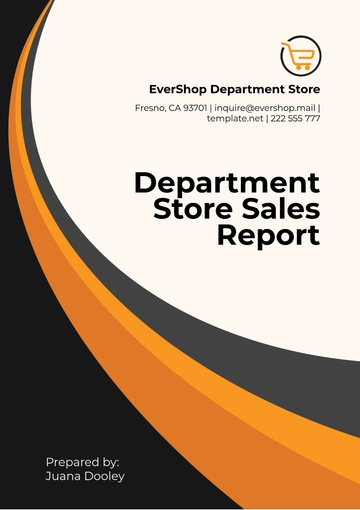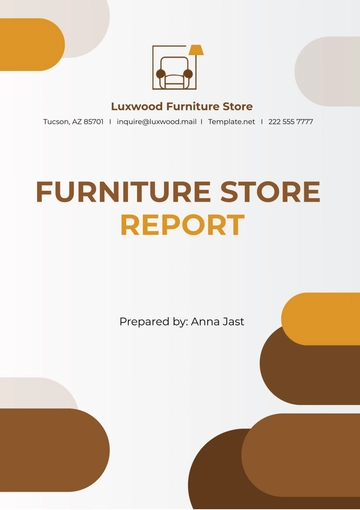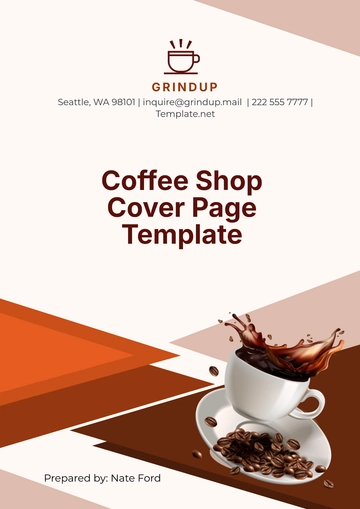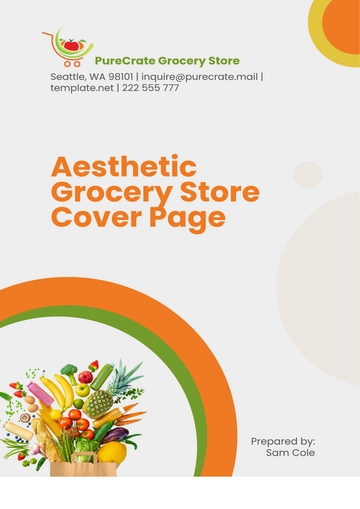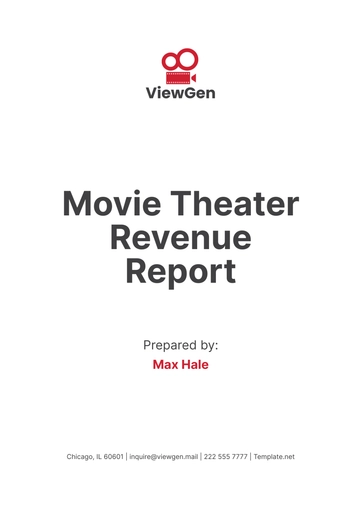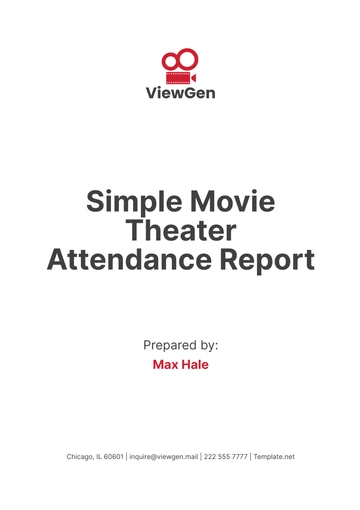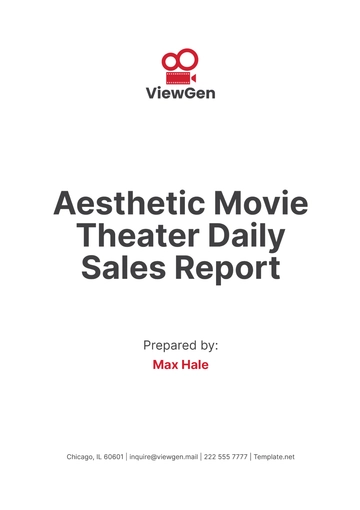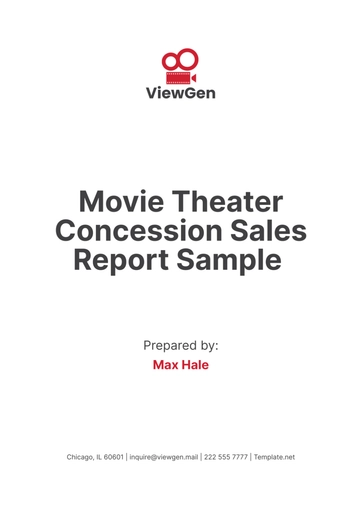Free Boutique Report
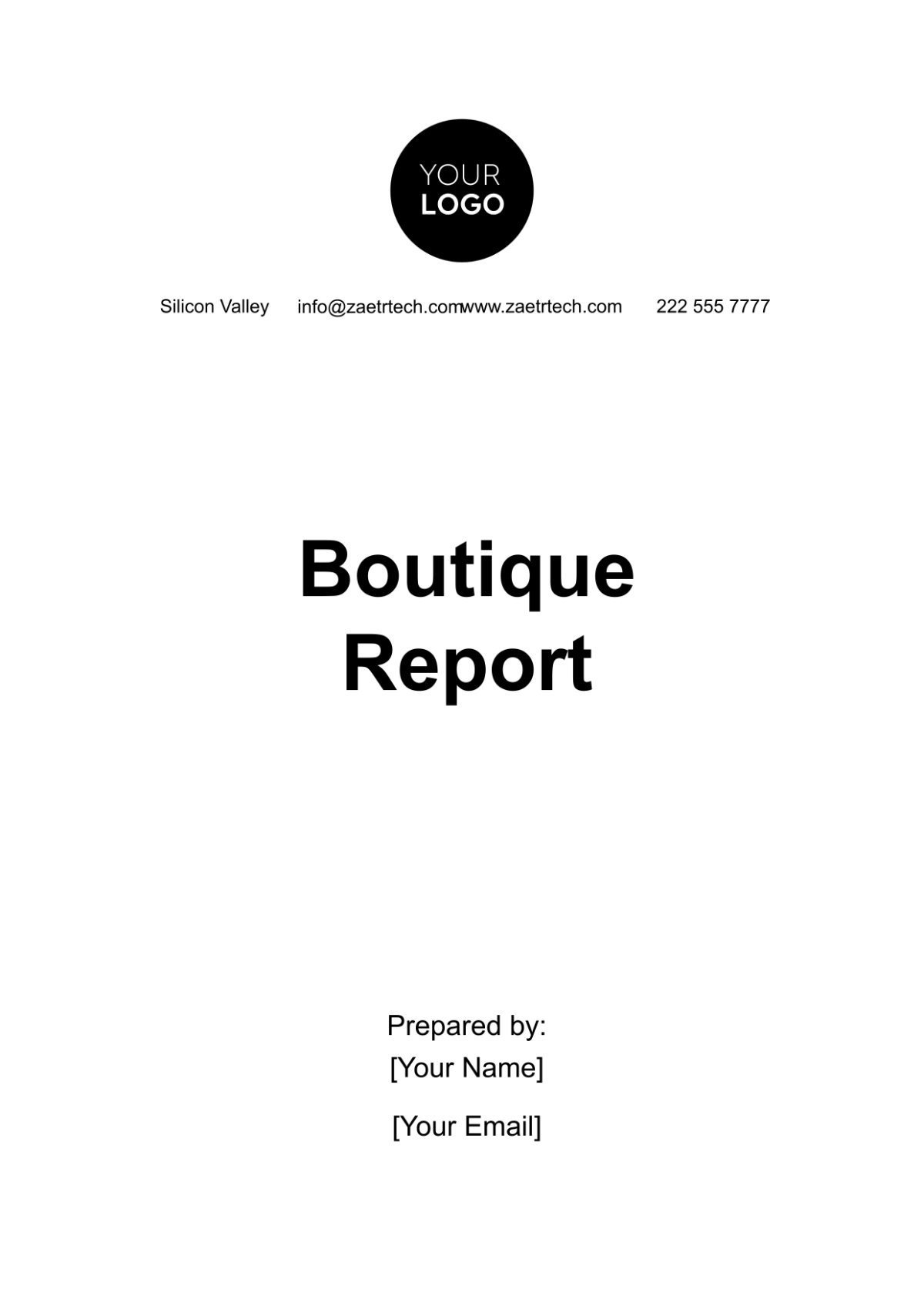
I. Introduction
The boutique fashion industry has undergone significant transformation over the past few decades, evolving from small, local shops to influential players on the global stage. This metamorphosis reflects changes in consumer behavior, technological advancements, and increasing awareness of sustainability. As we enter 2050, the boutique sector is not just surviving but thriving, driven by an increased demand for unique, high-quality products that tell a story. This report delves into the state of the boutique industry, identifying key trends, challenges, and strategies for success that will shape the future of boutiques like [Your Company Name].
A. Purpose of the Report
The primary purpose of this report is to provide a detailed analysis of the boutique fashion industry as it stands in 2050, highlighting trends and consumer behaviors that are pivotal for success. By examining current market dynamics, this report will serve as a strategic guide for boutique operators to navigate the complexities of the modern retail environment.
B. Scope of the Report
This report encompasses a comprehensive overview of the boutique industry, including:
Market Size and Growth Projections: Analyzing the financial landscape and growth potential.
Key Players: Identifying leading brands and their strategies.
Consumer Behavior: Understanding shifting demographics and preferences.
Trends Shaping the Industry: Exploring sustainability, technology integration, and customization.
Challenges: Addressing issues boutique operators face today.
Strategies for Success: Providing actionable insights for boutique growth and sustainability.
II. Executive Summary
As the boutique industry continues to evolve, understanding the nuances of consumer behavior and market dynamics is crucial. The key findings from this report indicate that boutiques are well-positioned to capitalize on the growing demand for sustainability and personalized shopping experiences. However, they must also navigate significant challenges such as inventory management, technological integration, and shifting consumer expectations.
Key Findings:
Sustainability Dominance: Consumers in 2050 prioritize sustainable practices and products, pushing boutiques to adopt eco-friendly operations and transparent supply chains.
Technological Advancements: AI, VR, and AR technologies have redefined the shopping experience, making it more interactive and personalized.
Consumer Preferences: The demand for exclusive, custom-designed products is on the rise, with consumers increasingly seeking individuality in their fashion choices.
Market Growth: The boutique market is expected to grow at a CAGR of [12%] between 2050 and 2060, reflecting robust demand across urban centers and luxury markets.
III. Industry Overview
A. Market Size and Growth Projections
As of 2050, the global boutique fashion market is valued at approximately [$350 billion]. This figure reflects not only the sales generated by boutiques but also the growing trend toward unique, high-quality fashion options. Key growth drivers include:
Urbanization Trends: Over [75%] of the world’s population is expected to reside in urban areas by 2050, creating a burgeoning demand for boutique offerings that cater to urban lifestyles.
Changing Consumer Demographics: Millennial and Gen Z shoppers are leading the charge in boutique spending, with a preference for brands that align with their values.
E-commerce Expansion: The growth of online shopping platforms has allowed boutiques to expand their reach beyond local markets, catering to a global audience.
Market Projections:
Year | Global Market Size ($ billion) | CAGR (%) |
|---|---|---|
2050 | [350] | [12%] |
2055 | [475] | [12%] |
2060 | [600] | [12%] |
B. Key Players in the Boutique Industry
The boutique industry is characterized by a mix of established players and emerging brands that specialize in niche markets. Notable companies include:
[Your Company Name]: Leading the industry with a commitment to sustainability, offering curated collections that reflect contemporary fashion trends while being environmentally responsible.
Future Couture: Known for bespoke tailoring and high-fashion limited editions, appealing to affluent customers looking for unique pieces.
Sustainable Vogue: A pioneer in ethical fashion, this brand utilizes eco-friendly materials and transparent production methods to cater to the conscious consumer.
These players leverage their unique selling propositions to differentiate themselves in a crowded marketplace, demonstrating the importance of brand identity and customer engagement in the boutique sector.
C. Challenges Facing Boutique Operators
Despite the opportunities for growth, boutique operators face several challenges that require strategic management:
Inventory Management: The pressure to offer exclusive items can lead to complexities in inventory turnover and stock management. Failing to align production with demand can result in excess inventory or missed sales opportunities.
Technological Costs: The integration of advanced technologies such as AI and VR requires significant investment. Smaller boutiques may struggle to keep pace with larger competitors that have the resources to implement these technologies effectively.
Sustainability Pressures: As consumers demand greater accountability regarding environmental practices, boutiques must navigate the complexities of sustainable sourcing, which may lead to increased costs and operational challenges.
IV. Trends Shaping the Boutique Industry
A. Sustainability and Ethical Fashion
Sustainability has emerged as a cornerstone of consumer purchasing decisions, especially among younger generations. Key trends influencing sustainability in the boutique sector include:
Eco-Friendly Materials: There is a growing emphasis on sourcing materials that are either recycled or sustainably produced. For instance, boutiques are increasingly using organic cotton, hemp, and other biodegradable fabrics to reduce their environmental footprint.
Transparent Supply Chains: Consumers are now demanding detailed information about the sourcing and production processes. Many boutiques are adopting blockchain technology to provide traceability, ensuring that every item’s journey is clear and verifiable.
Circular Fashion Models: This approach encourages customers to participate in recycling and reselling initiatives. By introducing buy-back programs, boutiques can engage customers in sustainability efforts while reducing waste.
B. Technology Integration in Boutiques
The integration of technology into the boutique shopping experience is not just about convenience; it’s about creating a richer, more engaging experience for consumers. Key technology trends include:
Artificial Intelligence (AI): AI systems analyze vast amounts of consumer data to predict trends and offer personalized shopping experiences. For example, [Your Company Name] uses AI algorithms to recommend items based on individual customer preferences, enhancing customer satisfaction and increasing sales conversion rates.
Virtual Reality (VR) and Augmented Reality (AR): These technologies allow customers to visualize products in a virtual space before making a purchase. Virtual fitting rooms, for example, reduce the need for physical try-ons, thereby minimizing return rates.
Smart Retail Solutions: The rise of interactive technologies, such as digital mirrors and smart dressing rooms, enhances in-store experiences. Customers can receive instant feedback and suggestions based on their selections, creating a more dynamic shopping environment.
C. Customization and Exclusivity
As consumers increasingly seek personalized experiences, customization has become a significant trend in the boutique sector. Key aspects include:
Made-to-Order Services: Boutiques are now offering made-to-order products, allowing customers to customize designs according to their preferences. This service enhances customer loyalty, as individuals feel more connected to the items they purchase.
Limited-Edition Collections: By regularly releasing limited-edition pieces, boutiques create a sense of urgency among consumers. This approach encourages quick purchases and strengthens the perception of exclusivity.
Personalized Shopping Experiences: Utilizing customer data, boutiques can tailor marketing messages and product recommendations, thereby enhancing customer engagement and satisfaction. This level of personalization can significantly improve customer retention rates.
V. Consumer Behavior and Preferences
A. Shifting Demographics
The demographic landscape of consumers has changed drastically by 2050, with millennials and Generation Z comprising the majority of the boutique customer base. Understanding their characteristics and preferences is critical for boutique operators:
Millennials: This generation prioritizes sustainability, ethical sourcing, and transparency. They are willing to pay a premium for products that align with their values, making them a key target market for sustainable boutiques.
Generation Z: Born into a digital world, Gen Z shoppers are highly tech-savvy and expect brands to utilize technology seamlessly. They favor brands that offer engaging online experiences, such as gamified shopping or interactive social media campaigns.
Generation Alpha: The newest consumer cohort, Generation Alpha, is growing up in a fully digital environment. Their preferences are influenced by social media and technological innovations, making it essential for boutiques to adapt to their expectations early on.
B. The Rise of Conscious Consumerism
The rise of conscious consumerism reflects a broader societal shift toward ethical and sustainable practices. Consumers today are not merely interested in the products themselves but also in the stories behind them. Key aspects of this trend include:
Demand for Ethical Production: Shoppers increasingly seek assurance that their purchases do not exploit labor or harm the environment. Boutiques that can demonstrate fair labor practices and eco-friendly production processes will have a competitive advantage.
Transparency and Authenticity: Brands that are transparent about their supply chains and business practices foster greater trust among consumers. Providing clear, accessible information regarding sourcing and manufacturing can enhance a brand's reputation.
Minimalism and Slow Fashion: The growing trend towards minimalism and slow fashion encourages consumers to purchase fewer, higher-quality items that are timeless and versatile. This shift requires boutiques to focus on quality over quantity and promote pieces that have longevity in style.
VI. Strategies for Boutique Success
A. Embracing Sustainability
To thrive in the modern boutique landscape, adopting sustainable practices is not merely a trend but a necessity. Key strategies for incorporating sustainability include:
Sourcing Sustainable Materials: Boutiques must prioritize eco-friendly fabrics and materials in their collections. By partnering with suppliers that offer organic, recycled, or sustainably produced materials, boutiques can enhance their sustainability credentials.
Implementing Waste Reduction Practices: Adopting zero-waste production processes and recycling programs can significantly reduce the environmental impact of operations. For instance, boutiques can implement programs that allow customers to return used items for recycling or resale.
Certifications and Labels: Obtaining certifications such as Fair Trade or GOTS not only enhances credibility but also helps attract conscious consumers who prioritize ethical purchasing.
B. Leveraging Technology for Personalization
Technological integration is critical for boutique businesses looking to remain competitive. Effective strategies include:
Utilizing AI for Customer Insights: By harnessing the power of AI, boutiques can analyze customer purchasing patterns, preferences, and trends. This data-driven approach enables personalized marketing efforts and enhances the overall shopping experience.
Investing in AR and VR Technologies: Integrating AR and VR can create immersive shopping experiences that resonate with tech-savvy consumers. For instance, virtual fitting rooms enable customers to visualize how garments fit without physically trying them on.
Blockchain for Transparency: Leveraging blockchain technology enhances supply chain transparency, allowing consumers to trace the origins of products. This transparency builds trust and fosters customer loyalty.
C. Offering Exclusive Products and Experiences
To appeal to consumers' desires for exclusivity and personalization, boutiques can implement the following strategies:
Collaboration with Local Artisans: Partnering with local artisans or emerging designers to create exclusive collections can set boutiques apart from mass-market retailers. This collaboration not only enhances product offerings but also supports local economies.
Creating Time-Sensitive Promotions: Limited-time offerings create urgency and encourage consumers to make purchases sooner rather than later. Marketing strategies that emphasize exclusivity and scarcity can enhance sales during promotional periods.
Experiential Retail: Hosting unique in-store events, personalized styling sessions, or fashion workshops can create memorable experiences for customers. This level of engagement fosters loyalty and encourages repeat visits.
VII. Future Outlook and Conclusion
A. Projections for 2060
As we look toward 2060, the boutique industry is expected to continue its upward trajectory. Several factors will influence its evolution:
Sustainability as a Norm: The industry will increasingly adopt sustainable practices as standard operating procedures. Stricter regulations and growing consumer awareness will push more boutiques to prioritize eco-friendly initiatives.
Technological Integration: Advanced technologies will continue to enhance the shopping experience. Innovations in AI, AR, and VR will create more personalized and immersive customer interactions, further elevating brand loyalty.
Expanding Market Opportunities: The boutique market is projected to exceed [$600 billion] by 2060, with continued growth driven by urbanization, changing consumer demographics, and a preference for unique shopping experiences.
B. Final Thoughts
The boutique industry stands at a pivotal juncture in 2050, characterized by both challenges and immense opportunities. Companies like [Your Company Name] that prioritize sustainability, leverage technology, and foster personalized customer experiences are well-positioned for success. By remaining agile and responsive to changing market dynamics and consumer preferences, boutique operators can navigate the complexities of the modern retail environment, ensuring long-term growth and profitability.
VIII. Appendices
A. Boutique Market Data (2050-2060)
Year | Global Market Size ($ billion) | CAGR (%) |
|---|---|---|
2050 | [350] | [12%] |
2055 | [475] | [12%] |
2060 | [600] | [12%] |
B. Consumer Preferences Breakdown by Generation
Generation | Key Preferences | Market Share (%) |
|---|---|---|
Millennials | Sustainability, Ethical Fashion, Personalization | [35%] |
Generation Z | Transparency, Exclusivity, Digital Experiences | [25%] |
Generation Alpha | Technology-Driven, Seamless Digital Interaction | [15%] |
C. Case Studies
[Your Company Name]: Implementing a zero-waste initiative by collaborating with local textile manufacturers resulted in a [20%] reduction in operational waste and a [30%] increase in customer engagement through sustainable storytelling.
Future Couture: By incorporating virtual fitting technology, Future Couture reported a [25%] decrease in return rates, enhancing customer satisfaction and improving profitability.
Sustainable Vogue: Utilizing blockchain technology for supply chain transparency, Sustainable Vogue increased customer trust levels, resulting in a [40%] growth in loyal customers over two years.
- 100% Customizable, free editor
- Access 1 Million+ Templates, photo’s & graphics
- Download or share as a template
- Click and replace photos, graphics, text, backgrounds
- Resize, crop, AI write & more
- Access advanced editor
Evaluate your boutique's performance with the Boutique Report Template from Template.net. This editable and customizable template helps you track sales, inventory, and customer feedback. Personalize it using our Ai Editor Tool for insightful reporting. Boost your business insights—create detailed boutique reports now!
You may also like
- Sales Report
- Daily Report
- Project Report
- Business Report
- Weekly Report
- Incident Report
- Annual Report
- Report Layout
- Report Design
- Progress Report
- Marketing Report
- Company Report
- Monthly Report
- Audit Report
- Status Report
- School Report
- Reports Hr
- Management Report
- Project Status Report
- Handover Report
- Health And Safety Report
- Restaurant Report
- Construction Report
- Research Report
- Evaluation Report
- Investigation Report
- Employee Report
- Advertising Report
- Weekly Status Report
- Project Management Report
- Finance Report
- Service Report
- Technical Report
- Meeting Report
- Quarterly Report
- Inspection Report
- Medical Report
- Test Report
- Summary Report
- Inventory Report
- Valuation Report
- Operations Report
- Payroll Report
- Training Report
- Job Report
- Case Report
- Performance Report
- Board Report
- Internal Audit Report
- Student Report
- Monthly Management Report
- Small Business Report
- Accident Report
- Call Center Report
- Activity Report
- IT and Software Report
- Internship Report
- Visit Report
- Product Report
- Book Report
- Property Report
- Recruitment Report
- University Report
- Event Report
- SEO Report
- Conference Report
- Narrative Report
- Nursing Home Report
- Preschool Report
- Call Report
- Customer Report
- Employee Incident Report
- Accomplishment Report
- Social Media Report
- Work From Home Report
- Security Report
- Damage Report
- Quality Report
- Internal Report
- Nurse Report
- Real Estate Report
- Hotel Report
- Equipment Report
- Credit Report
- Field Report
- Non Profit Report
- Maintenance Report
- News Report
- Survey Report
- Executive Report
- Law Firm Report
- Advertising Agency Report
- Interior Design Report
- Travel Agency Report
- Stock Report
- Salon Report
- Bug Report
- Workplace Report
- Action Report
- Investor Report
- Cleaning Services Report
- Consulting Report
- Freelancer Report
- Site Visit Report
- Trip Report
- Classroom Observation Report
- Vehicle Report
- Final Report
- Software Report
